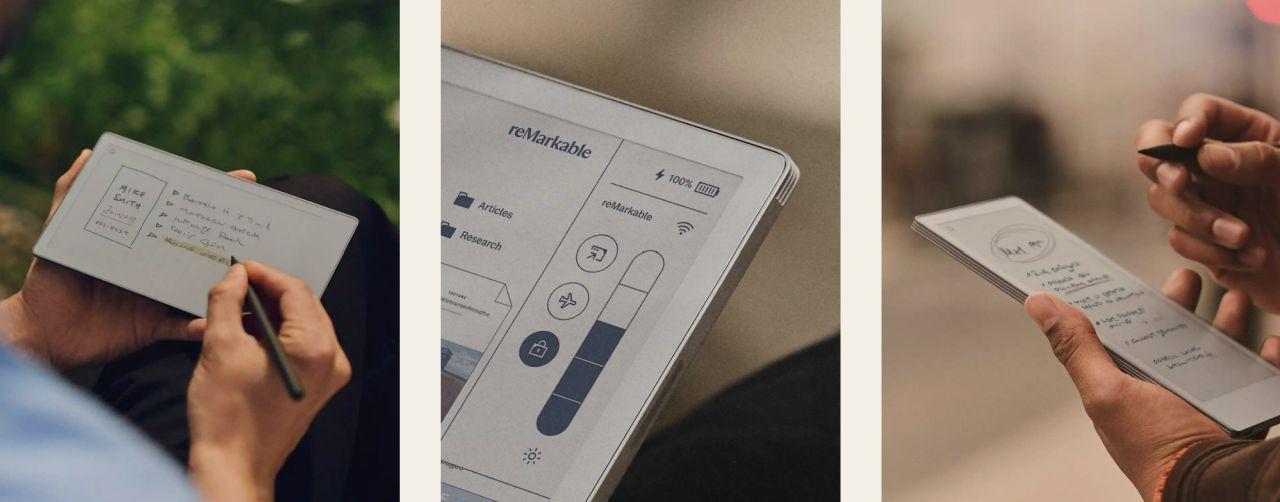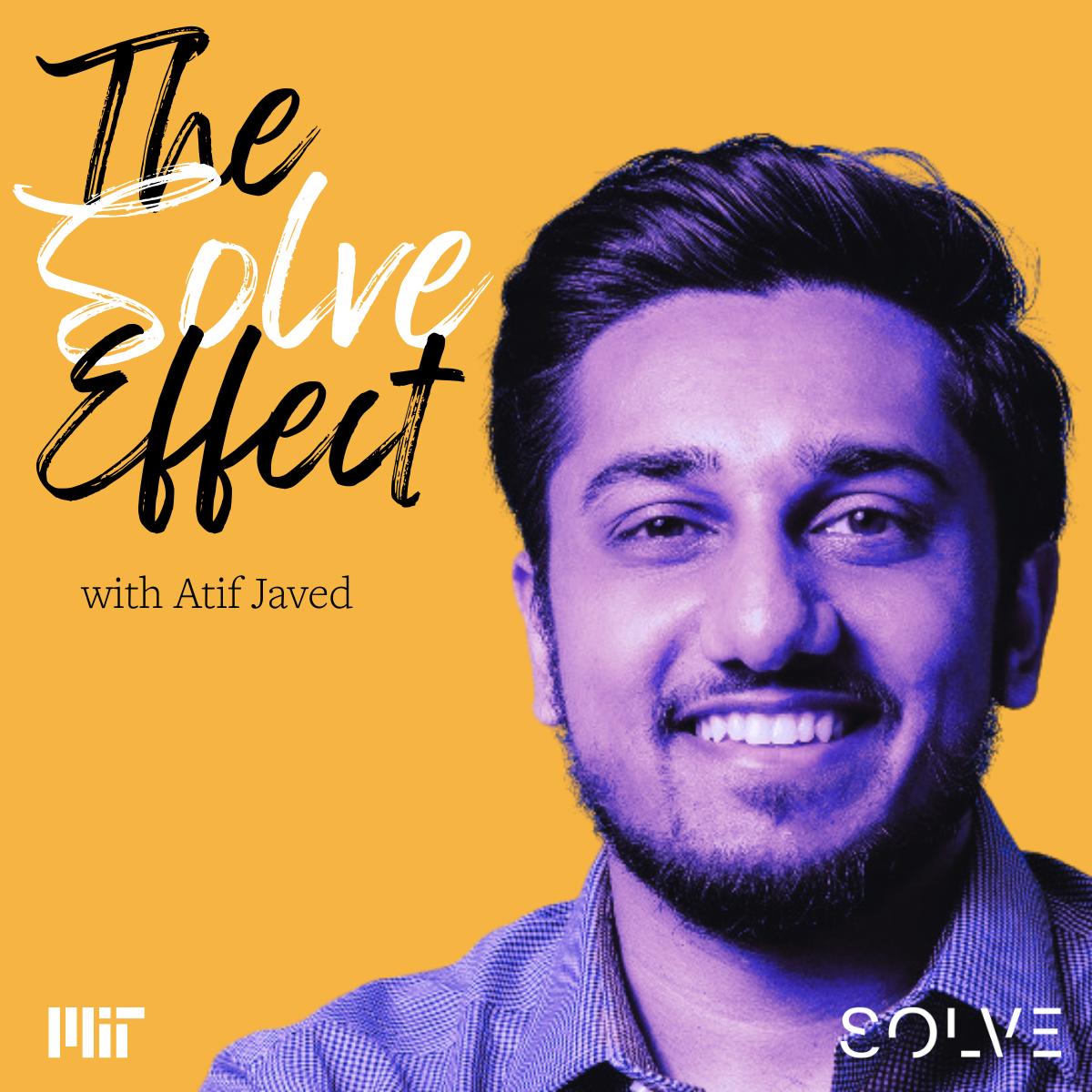
Q&A with Neopenda CEO & Co-Founder, Sona Shah
We sat down with 2018 Solver Sona Shah, the CEO and Co-Founder of Neopenda. Since 2015, neoGuard™ has logged over 35,000 hours of monitoring across 2,000+ patients, supporting healthcare providers in Kenya, Uganda, and Ghana. Learn more about Neopenda's journey and advice for others looking to launch their social impact enterprise.
Your roots are in biodesign and engineering; could you describe your path towards entrepreneurship? What resources have been the most helpful in developing Neopenda?
Our journey into entrepreneurship really started with our roots in biodesign and engineering—we weren’t setting out to be entrepreneurs at first. We were driven by this huge, unmet need we saw in healthcare, especially for newborns in low-resource settings.
When we were biomedical engineering grad students at Columbia, we took a biodesign course together. That’s where it all began. We were exploring neonatal mortality and wanted to understand the problem on a deeper level, so we got some funding and went to Uganda to do a needs assessment. That trip completely changed everything for us. We saw firsthand that a lot of donated medical equipment was just sitting unused in what they call "equipment graveyards.” That’s because people didn’t care, but because the tech didn’t fit the local context. It was too complex, hard to maintain, or just not practical for the realities of those hospitals.
That experience really grounded us. We started asking, "How can we design something that actually works here?" Something that fits into the day-to-day lives of clinicians working in overcrowded wards, often with very few resources and way too many patients. That’s what led to neoGuard, our wearable vital signs monitor.
Honestly, we became entrepreneurs out of necessity. There wasn’t a clear path to solve the problem unless we built something ourselves—both the tech and the organization around it. Starting Neopenda was less about a desire to start a company and more about this drive to make sure babies weren’t dying from preventable causes just because no one knew they were in distress.
In terms of resources that helped us get going, programs like Columbia’s Venture Competition, Techstars, and funding from Cisco at the Rice Business Plan Competition gave us a leg up early on. MIT Solve has also been an incredible platform, connecting us to a global community of innovators and supporters who believe in tackling big, real-world problems. We also had amazing mentors who helped us bridge that gap between engineering and building a sustainable business. At the core of it, it’s always been about listening closely to the people we’re designing for and making sure we’re building something truly impactful and usable.
We’re still learning every day. But being on the ground, seeing the need, and being part of the communities we’re designing for—that’s what keeps us going.
While individual patient outcomes are at the heart of everything we do, the impact goes even further. We’re empowering clinicians with the tools they need to do their jobs more effectively, even in the most resource-constrained settings.
Could you share one of your favorite stories of neoGuard™’s impact in communities?
One of our favorite stories comes from Violet, the neonatal nurse in-charge at Kisii County & Referral Hospital in Kenya. She shared an experience that really captures the heart of what we do:
I still remember the night Baby Aisha arrived. She was born too soon at just 32 weeks. In our small neonatal unit, we do our best, but with limited monitoring equipment, we prioritize patients that we have picked as critical, but that still leaves monitoring gaps.
That night, I had five other babies to check on. If I had relied only on periodic manual checks, I might not have noticed Aisha’s breathing becoming irregular. But neoGuard was there, wrapped around her tiny forehead tracking every breath. When the alert sounded, I rushed over and saw her oxygen levels dipping dangerously low. We acted fast, adjusting her oxygen support just in time. If we hadn’t had neoGuard, we might have realized too late. Aisha went home two weeks later, strong and healthy.
Stories like this remind us why we started Neopenda—to help save lives like Aisha’s. While individual patient outcomes are at the heart of everything we do, the impact goes even further. We’re empowering clinicians with the tools they need to do their jobs more effectively, even in the most resource-constrained settings.
On a larger scale, we’re helping change the narrative around medtech in Africa. There’s this outdated idea that cutting-edge innovation can’t thrive in emerging markets, but that’s just not true. We’re proving that it’s absolutely possible to do well and do good at the same time. That mindset shift is just as important as the technology itself.
As your flagship product, neoGuard™ has logged over 35,000 hours of monitoring across 2,000+ patients. What key lessons have you learned over the past decade of developing this product?
Over the past decade of developing neoGuard™, we’ve learned a lot—not only about building a medical device but also about what it really takes to create a lasting impact in global health.
We have learned that you need to find a problem worth solving. When you’re working on something that matters, it gives you the resilience to push through the inevitable challenges. And there are plenty of them—because if it were easy, it would’ve been done already.
We also learned early on that clinical use and commercial adoption aren’t always the same thing. Clinicians might love the product, but finding folks willing to pay—especially in markets where budgets are tight and the business model is new—takes a whole different kind of effort. You have to innovate not just on the tech but also on how it's delivered, funded, and supported.
Another big lesson: human-centered design is non-negotiable. We didn’t just build neoGuard™ for our users—we built it with them. From day one, we’ve been on the ground, iterating hand-in-hand with the health workers who use it. That’s the only way to get something truly usable, effective, and scalable.
We also can’t emphasize enough how important it is to surround yourself with people who care deeply about the mission. Mentors, advisors, investors, team members—they’ve helped us stay grounded, stay bold, and stay moving forward even when things got tough.
We’ve logged over 35,000 hours of monitoring across 2,000+ patients. While we’re incredibly proud of that, we know we’re just getting started. Every hour, every patient, every lesson has brought us one step closer to delivering healthcare that’s truly equitable, effective, and sustainable.
What role do partnerships and collaborations play in Neopenda’s mission? How can others get involved?
Partnerships and collaborations have been central to Neopenda’s mission from day one. We’ve always believed that solving complex global health challenges isn’t something you do in isolation: it takes a community of people, organizations, and institutions who are aligned on a shared goal.
We’ve been fortunate to work with incredible partners from clinicians and government to funders, distributors, and manufacturing experts who have helped us co-create, validate, and scale our solutions. These collaborations have helped us stay grounded in local context and think about our global impact.
That’s exactly why we’re hosting a community investment round. We wanted to create a unique opportunity for people to support our mission and become co-owners in Neopenda. We’re growing a business that’s transforming healthcare access across Africa, and we want our community to grow with us and profit alongside us.
So if you're passionate about innovation in global health, designing solutions that work where they’re most needed, and shifting the narrative around medtech in emerging markets—this is your chance to be part of it. Not just as a supporter, but as an investor and partner in the journey.
What advice would you give to another entrepreneur who is eager to get started in social impact entrepreneurship?
Social impact entrepreneurship is incredibly rewarding, but it’s also tough. It’s not always a straight line. Here’s some advice we’d share with anyone eager to get started:
1. Find a problem worth solving.
This is the foundation. If you’re working on something deeply meaningful, it’ll give you the resilience to push through the inevitable hard moments. Make sure it’s a problem that truly matters—to someone, somewhere—and that you care enough about it to stay in it for the long haul.
2. Stay close to the people you’re designing for.
Human-centered design isn’t a buzzword—it’s a mindset. You have to build with your users, not for them. Spend time listening, learning, and iterating. If you’re not solving the right problem in the right way, it won’t matter how cool your tech is.
3. Don’t go it alone.
Surround yourself with people who believe in what you’re doing—mentors, team members, advisors, investors. Social entrepreneurship can be isolating if you let it, but it becomes an incredible journey with the right people around you.
4. Understand that the business model is part of the innovation.
It’s not just about building a great product—you have to figure out how to deliver it sustainably. That means experimenting with pricing, distribution, partnerships, and more. Especially in social impact work, you may have to rethink traditional models entirely.
5. Be patient—but keep moving.
Progress will be slower than you want. Things will take longer, cost more, and hit more roadblocks than you expect. But keep showing up. Be flexible, stay open to learning, and celebrate the small wins along the way.
6. Know that doing good and doing well aren’t mutually exclusive.
You can build a financially sustainable business that makes a real difference in the world. In fact, that’s where the magic happens, and it’s absolutely possible.
Ultimately, social impact entrepreneurship is about persistence, empathy, and purpose. If you’re grounded in the needs of the people you serve and committed to improving their lives, you’re already on the right track.
Tags:
- Health
- Impact Investing
Related articles
-
A Visionary Healthcare Innovator: Dr. Mohamed Aburawi on Tech, Healthcare, and Impact Investing
In the newest episode of The Solve Effect, Dr. Mohamed Aburawi shares how building in crisis can spark innovation that lasts.
-
Powered by Purpose: E Ink’s ePaper Technology Takes Aim at the World’s Toughest Problems
Because it draws power only when an image changes—and none at all while static—ePaper reduces energy consumption by orders of magnitude. That single breakthrough unlocks net-zero transit signs, off-grid medical notebooks, and other applications that traditional screens simply can’t power sustainably.
-
The Solve Effect Podcast - Episode 4 - A Tech Maximalist: Atif Javed on Human Connection Through Technology
What happens when a childhood experience becomes the seed for a global movement? In this episode of The Solve Effect, host Hala Hanna sits down with Atif Javed, co-founder and Executive Director of Tarjimly, a nonprofit that connects tens of thousands of volunteer translators with refugees and displaced people worldwide.